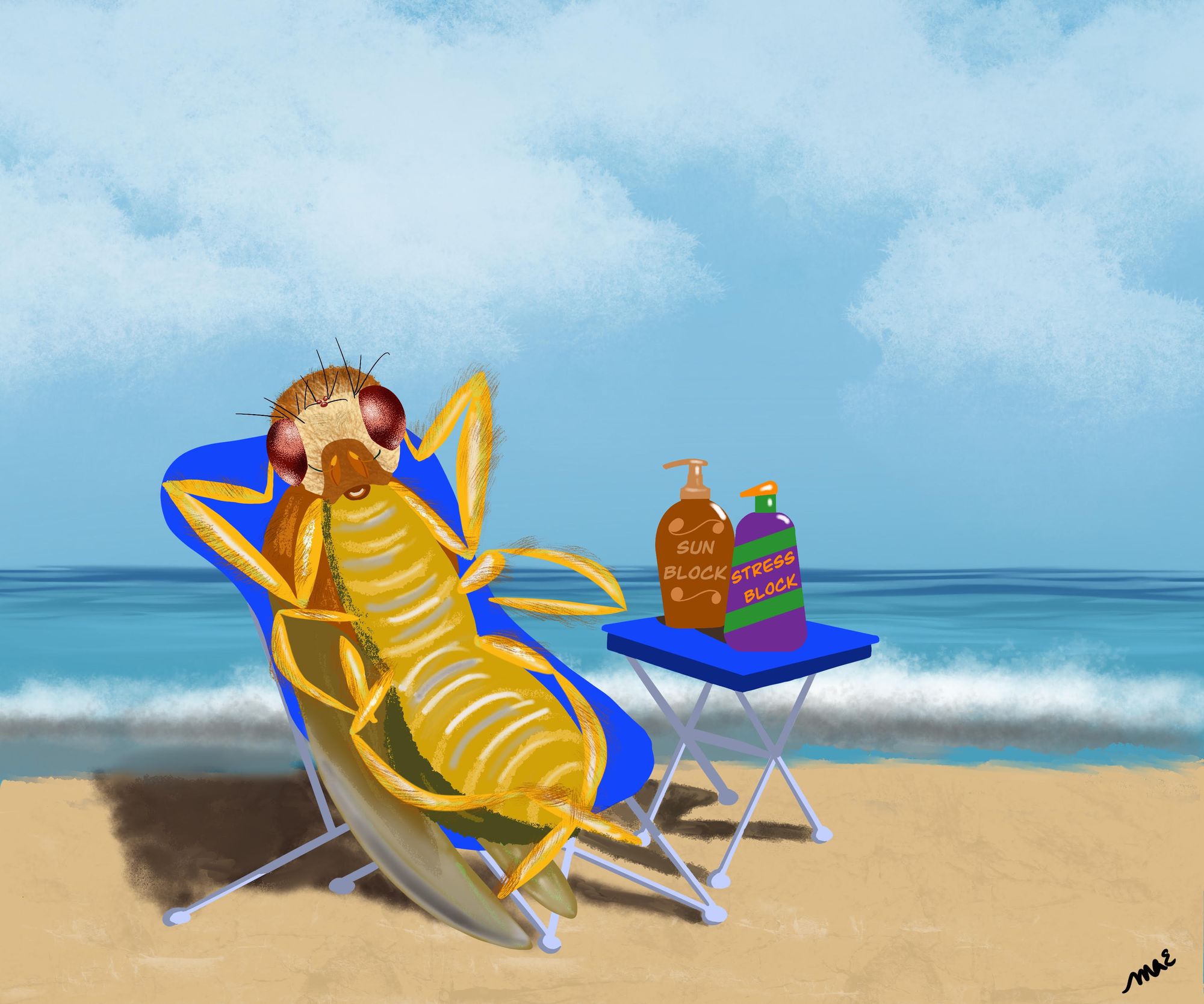[Editor's Note: Attention, Attention . . . Paul Hetzler's new book, just hit the market. See below for details, but this editor is excited . . .]
Though the phrase “garbage in, garbage out” is a decades-old caution for techies to be mindful when writing code or entering data, I thought my mom had invented it. It was her stock retort when we kids asked why two hours of Saturday cartoons was plenty. “Garbage in, garbage out. Fill your heads with foolishness, and you’ll act that way.” I guess she was afraid we’d start chasing roadrunners across the desert, which typically led to sprinting off cliffs and being struck by falling anvils.
It turns out she had a point. Numerous studies confirm that exposure to graphic TV violence raises a child’s level of aggression and anxiety in the short term, and is a sound predicter of hostile behaviour as an adult. Disturbing images, whether on-screen or in real life, can have a profound impact on us if viewed frequently enough. People who moderate online content, for example, evaluate and remove hundreds of appalling photos and videos daily. In 2021, Facebook paid $85 million to settle a US class-action lawsuit brought by 10,000 of its content arbiters who were suffering from work-related trauma.

The fallout from such damage goes beyond serious psychological issues. It hits physically as well, raising the risk of heart disease threefold, and making it nearly four times more likely to have an early death from all causes across the board.
We know that certain animals seem distressed by the sight of a dead or injured cohort. Elephants stop their normal activities and appear to mourn the loss of a herd member, and blood tests have revealed high levels of cortisol, a stress hormone, in baboons after a relative was attacked and wounded. But the nervous systems of large animals can’t easily be studied in depth.
It’s possible that tiny fruit flies, which are attracted to garbage, might one day help us clean up emotional debris left in the wake of a harrowing event. A recent discovery, made by University of Michigan scientists about the brain chemistry of fruit flies, could point to new ways of treating trauma in humans. The study, published on June 13, 2023 in PLOS One, showed that fruit flies exposed to numerous fly corpses (“an excess of dead flies,” in the authors’ words) of the same species had significantly shorter lifespans as compared to the unexposed group.
This is not by any means to equate – or even remotely compare – human anguish wrought by trauma, and neurological responses in a fly that views its dead peers. In no way are the researchers suggesting an analogy. They make it clear their work is not to find a window into the human experience, but to locate the neurons and related chemical changes triggered by scenes of death. As stated in their introduction,
“. . . our results may provide insight for treating individuals who are routinely exposed to stressful situations surrounding death, including active combat soldiers and first responders.”
Fruit flies were chosen for their simple brains, which made it easier for researchers to fluorescently tag individual neurons. By labelling neurons, they were able to identify and track chemical changes that happened as a result of being exposed to dead flies. Also, fruit flies are economical – they breed like, well, flies.
When flies were shown a bunch of dead compatriots (in a sealed chamber, to rule out smell as a trigger), changes occurred in a part of their brains called the ellipsoid body. It is responsible for navigation, and for the processing of visual memory. Since humans don’t have this brain region, at first blush one would think there’d be no use in looking further. However, the details are important.
In the test group, being exposed to fly corpses activated the serotonin 5-HT2A receptor on select neurons. Researchers found a way to artificially activate this receptor on the same neurons of flies in the control group. When they did so, flies that were never exposed to their dead kin nonetheless died young as well.
As strange as it might sound, the serotonin 5-HT2A receptor receptors on fly brain cells are identical to the ones located on human brain cells. In people, these receptors control a number of things, including muscle movement and memory formation. If scientists can locate the specific neurons activated by trauma and find a safe way of silencing the 5-HT2A receptors on those neurons exclusively, it would be a huge step toward giving trauma survivors relief from some of the “junk” left behind by their experiences.
As much as possible, we should limit the garbage that we – and especially our children – look at. Obviously, we can’t always avoid harmful inputs – a car crash, an assault, or a life-threatening illness can leave us with a lot of refuse to sort through as we recover. Roughly one-third of trauma survivors develop PTSD as a consequence of their ordeals.
If you or someone you know has been through a trauma of any kind, a list of nationwide resources for trauma survivors can be found here.
[Thanks to Laurent Dubois for sending me info on flies dropping like flies when they see dropped flies.]
By Paul Hetzler
Paul Hetzler for The Saturday Evening Post TI Life He is a former Cornell Extension educator, and he also writes books! Be sure to check out the description of his books and I promise you will not only smile but you will want to give them as gifts for the next birthday - Just the titles makes you smile! Head of the Class: Smart as a Slime Mold, Shady Characters: Leprechaun Trees, Plant Vampires and Caterpillar Soup.
https://www.amazon.ca/dp/B09DN16VYC https://www.amazon.ca/dp/B08BR6NHDY amazon.com
